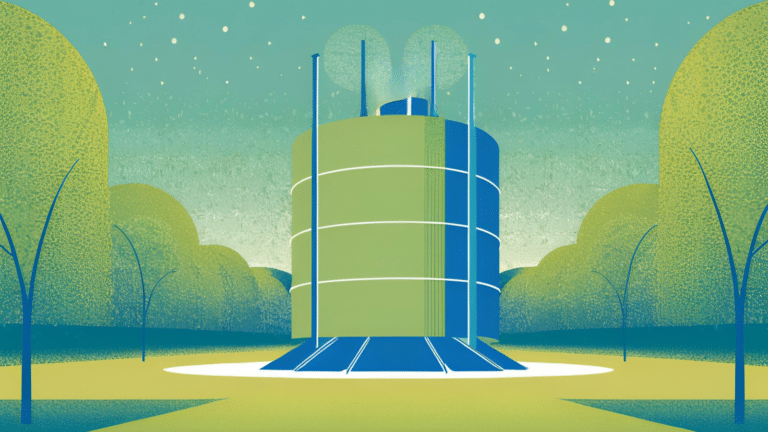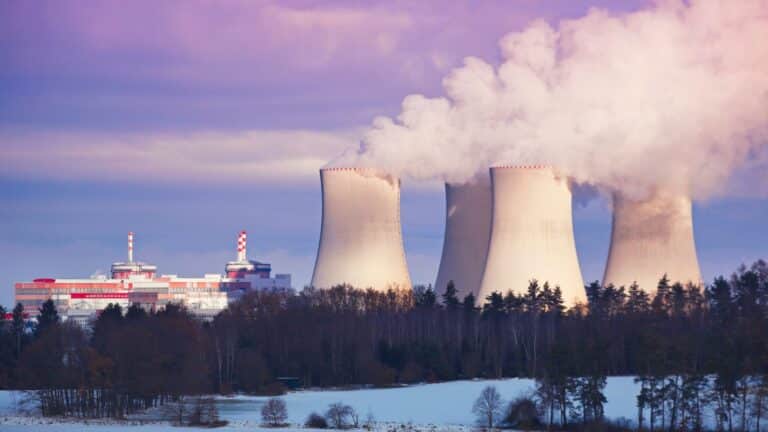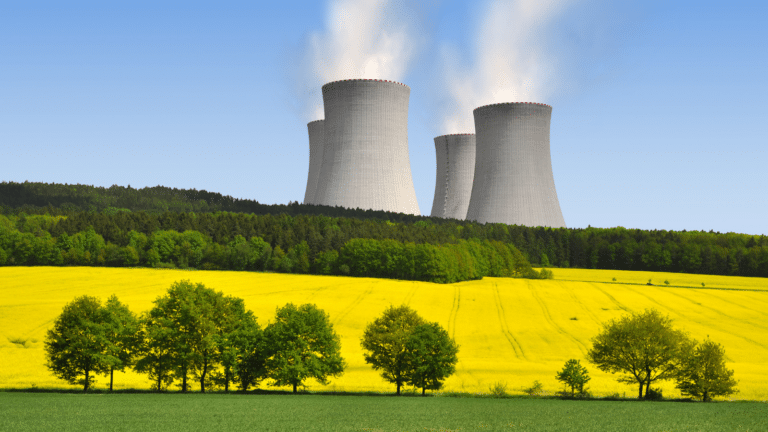China Halts U.S. LNG Imports Amid Tariff War
China has ceased importing liquefied natural gas from the United States since early February, as the ongoing tariff war impacts energy trade.
Current Access Level “I” – ID Only: CUID holders, alumni, and approved guests only
Reports by Peter Swift & Andrew Newman • November 17, 2022
This report represents the research and views of the author. It does not necessarily represent the views of the Center on Global Energy Policy. The piece may be subject to further revision. Contributions to SIPA for the benefit of CGEP are general use gifts, which gives the Center discretion in how it allocates these funds. More information is available here. Rare cases of sponsored projects are clearly indicated.
For a full list of financial supporters of the Center on Global Energy Policy at Columbia University SIPA, please visit our website. See below a list of members that are currently in CGEP’s Visionary Annual Circle.
(This list is updated periodically)
Air Products
Anonymous
Jay Bernstein
Breakthrough Energy LLC
Children’s Investment Fund Foundation (CIFF)
Occidental Petroleum Corporation
Ray Rothrock
Kimberly and Scott Sheffield
Tellurian Inc
Deep borehole disposal of high-level radioactive waste has been proposed repeatedly and in multiple countries over the last several decades, but the concept remains unproven in the field. A straightforward research, development, and demonstration test program could provide answers to basic questions about the viability of the concept. This program would involve the construction of two or perhaps more boreholes to test disposal concepts using surrogate, nonradioactive waste. Field tests would focus on the engineering and operational feasibility of deep borehole disposal, the availability of favorable rock types at depth, appropriate designs for waste forms and waste packaging, and the long-term performance of borehole repositories. Because of the scale of the project, it might best be undertaken as an international collaboration, perhaps led by the US Department of Energy but with participation from multiple national programs to ensure it meets a wide range of needs.
Mined geologic repositories, which have been the preferred approach for permanent disposal of high-level radioactive wastes for most national programs for many decades, will likely remain the preferred disposal option for countries with large inventories of commercial spent nuclear fuel. If deep borehole disposal can be demonstrated as a viable concept, however, it may be an attractive alternative disposal option for countries with small inventories of materials requiring permanent geologic isolation. For example, national programs with limited amounts of waste from research or medical isotope production reactors may not need to incur the cost of a full-scale mined repository. Other countries may find borehole disposal a useful option for permanently disposing of small quantities of waste that could otherwise pose security risks, including both fissile materials and high-activity sealed radioactive sources used in industrial and medical applications. For programs committed to disposing of large inventories of spent nuclear fuel and high-level waste in mined repositories, deep boreholes may provide options for prompt disposal of small volumes of specialty wastes that may otherwise have to wait for repository construction.
This report reviews the borehole disposal concepts proposed to date, identifies potentially suitable waste forms worldwide, and proposes a field-testing program that could resolve many remaining technical questions and inform future programmatic decisions. The report also summarizes the potential benefits of borehole disposal in terms of public acceptance, cost, and security. The main takeaways from this report are the following:
This Energy Explained post represents the research and views of the author. It does not necessarily represent the views of the Center on Global Energy Policy. The piece...



Full report
Reports by Peter Swift & Andrew Newman • November 17, 2022